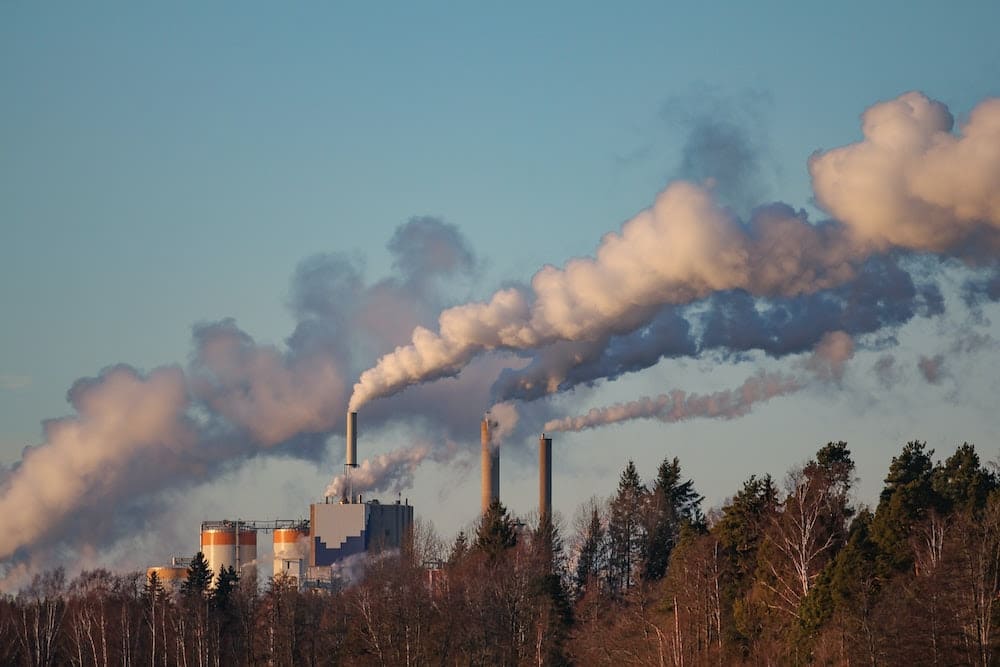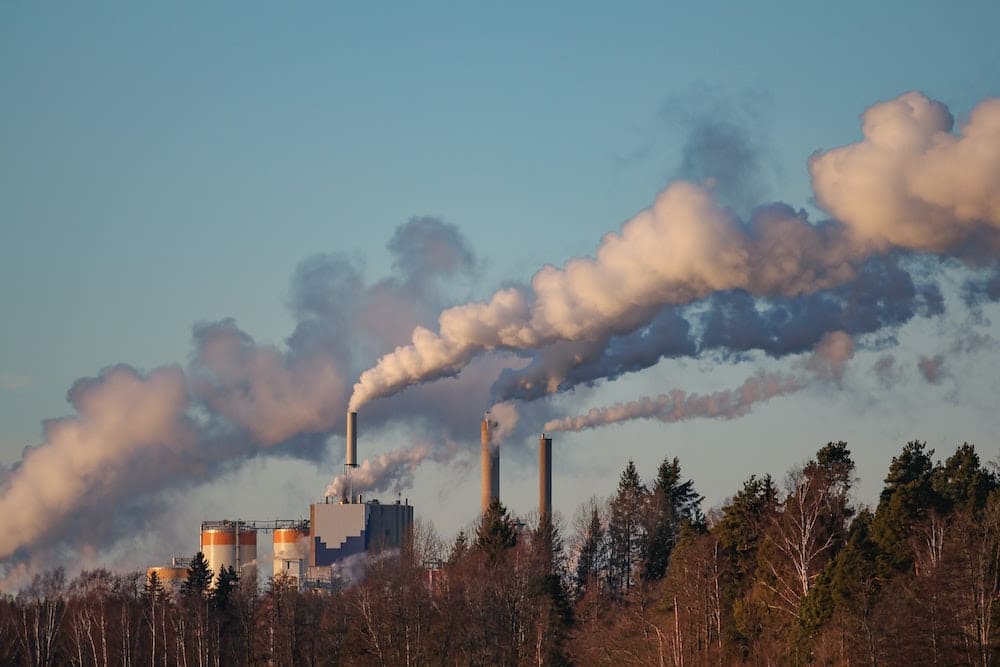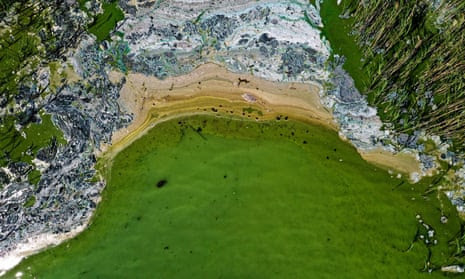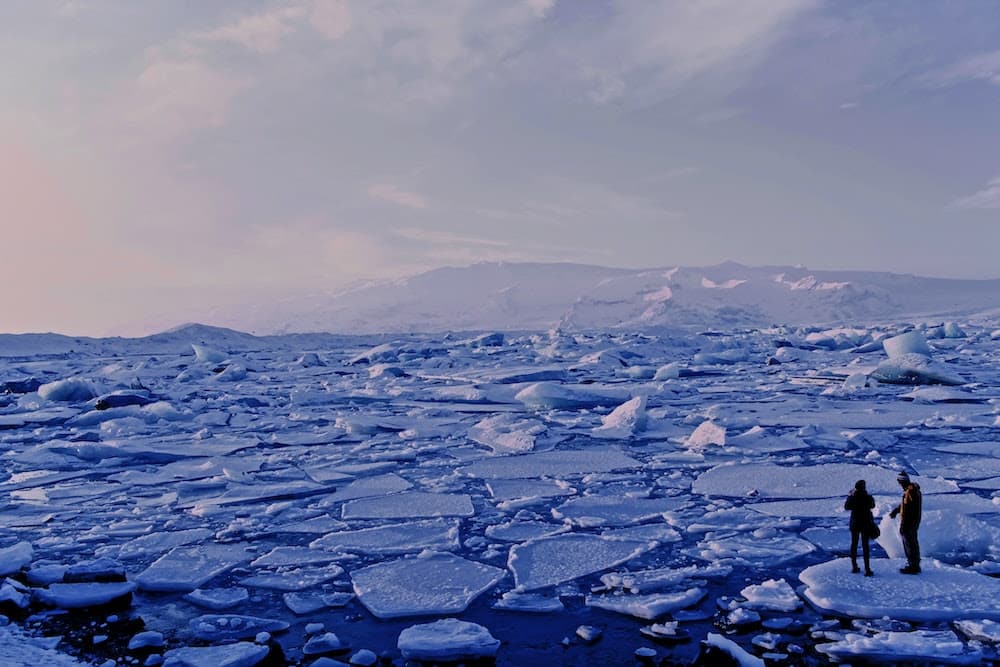
PFAS, perfluoroalkyl and polyfluoroalkyl chemical pollutants used in many products are finding their way into the environment and virtually no area is unaffected. In Europe, the Forever Pollution Project, a collaboration of European journalists and media, shows the extent of the areas affected by this pollution.
PFAS are substances that have been used since the 1940s for their non-stick and detergent properties. They are called eternal pollutants because they do not degrade in the environment, whether in water, soil or sediment and are also found in products used in everyday life, such as guitar strings, electric vehicle batteries, paints, acne treatments or some takeaway food packaging, according to an article published by the newspaper Le Monde in February 2023.
PFAS are thus present in more than 17,000 sites with a concentration higher than ten nanograms per liter in Europe and the United Kingdom and in about 2,100 sites with a threshold higher than one hundred nanograms per liter, this last threshold being considered dangerous for health. PFAS are made up of thousands of different chemicals, but all have the elements carbon and fluorine in common.
The persistence of PFAS in the environment and their danger to health is explained in particular by the carbon/fluorine bond which is one of the strongest in organic chemistry.

According to the article in Le Monde, about sixteen million Europeans would be affected by pathologies due to exposure to these substances, such as cancers, reduced fertility or cardiovascular problems. The danger to health is all the more real as PFAS are found in the groundwater that supplies the population.
Chris Halsall, an environmental chemist at Lancaster University in the United Kingdom, told The Guardian newspaper that the presence of PFASs in groundwater is a big problem because if the groundwater is tapped for agriculture or, more importantly, for humans as a source of water, then PFASs are present in the drinking water, and it is very difficult to remove them. The media that participated in the investigation, such as Le Monde, The Guardian or Süddeutsche Zeitung, believe that the situation is much more serious than described, as the data collected so far would only be the tip of the iceberg.




